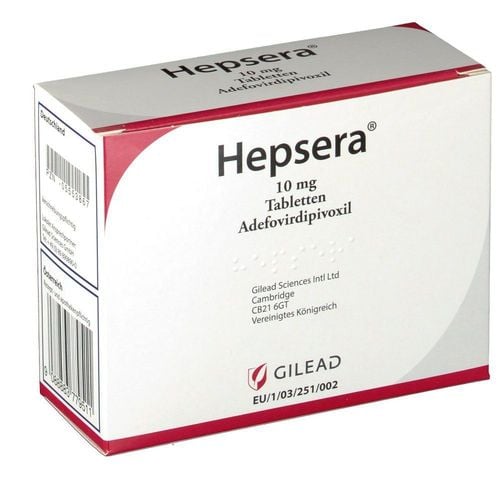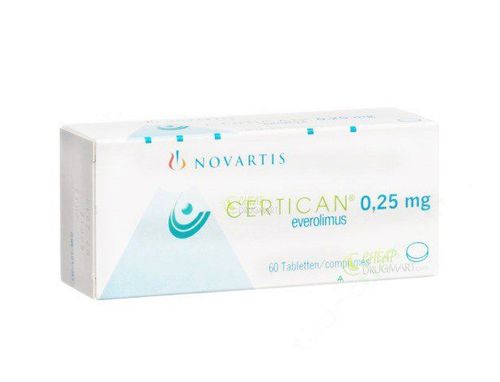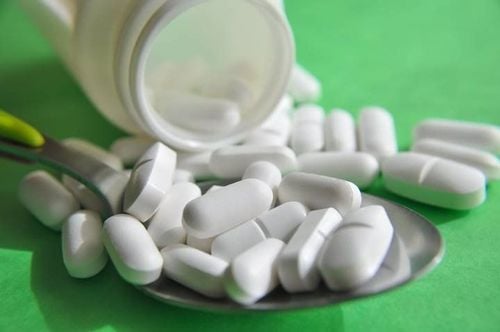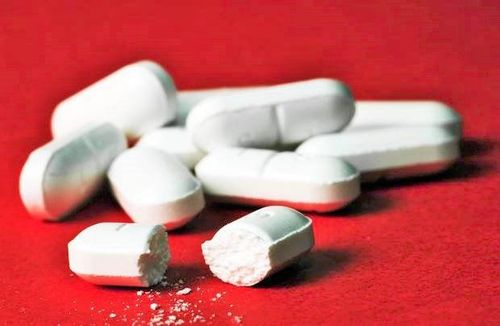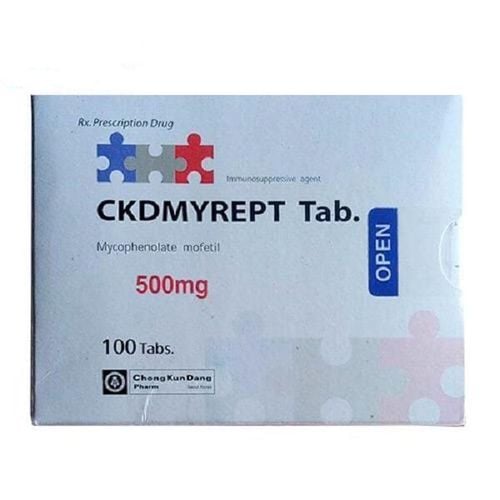This is an automatically translated article.
Pufam-1 comes in hard capsule form, the main ingredient is Tocrolimus 1mg. It is used in transplant prophylaxis in liver, kidney, or heart transplant recipients and in transplant therapy in patients who are resistant to other immunosuppressive drugs.
1. What is Pufam 1?
What is Pufam 1? Pufam 1 is made in the form of hard capsules, the main ingredient is Tacrolimus 1mg, belongs to the group of anti-cancer drugs and affects the immune system. It is indicated for transplant prophylaxis in liver, kidney or heart transplant recipients and for transplant treatment in patients resistant to other immunosuppressive agents.
2. Dosage - How to take Pufam 1
Pufam 1 should be taken on an empty stomach or at least 1 hour before or 2-3 hours after a meal for maximum absorption.
Adults:
Receive liver transplant: Initial dose 100 - 200 mcg/kg per day, divided into 2 times. Heart transplant recipient: Initial dose is 75 mcg/kg daily, divided into 2 doses. Receiving a kidney transplant: The starting dose is 150-300 mcg/kg/day, divided into 2 doses. Children:
Receive liver and kidney transplant: Initial dose is 300 mcg/kg daily, divided into 2 times. Pufam 1 should be taken within 6 hours of completing a liver or heart transplant and within 24 hours of completing a kidney transplant.
Maintenance dose is adjusted according to the individual patient's trough tacrolimus whole blood or plasma concentrations. Most patients respond well when whole blood levels are maintained below 20 mg/ml. Children often need doses 1.5 to 2 times larger than the adult dose to achieve the same blood levels of the drug.
3. Overdose-Treatment of Pufam 1
Overdose: Symptoms of Pufam 1 overdose include tremor, headache, nausea and vomiting, infection, urticaria, lethargy, increased blood urea nitrogen, increased serum creatinine, increased alanine aminotransferase levels .
Treatment: There is no specific antidote, only symptomatic treatment and support when needed. The drug is highly bound to erythrocytes and plasma proteins and is therefore expected to be non-dialysed. Dialysis or dialysis may work for people with very high blood levels of Pufam 1. In case of oral poisoning, intestinal gargle and/or adsorbent such as activated charcoal can be used if the drug has been taken recently.
4. Contraindications to the drug Pufam-1
Pufam-1 is contraindicated in patients with hypersensitivity to tacrolimus or other macrolides and to any of its ingredients.
5. Pufam-1 . drug interactions
Some possible interactions when taking Pufam-1 with other drugs include:
Increased nephrotoxicity when co-administered with ciclosporin Tacrolimus should not be combined with potassium-sparing diuretics. Drugs that inhibit the cytochrome P450 isoenzyme CYP3A4 such as azole antifungals, bromocriptine, calcium channel blockers, cimetidine, some corticosteroids, ciclosporin, danazol, HIV-protease inhibitors, delavirdin, macrolide antibiotics and metoclopramide can cause increased blood levels of tacrolimus. Grapefruit juice inhibits the metabolism of tacrolimus Drugs that induce the cytochrome P450 isoenzyme CYP3A4 such as carbamazepine, nevirapine, phenobarbital, phenytoin and rifampicin may decrease blood levels of tacrolimus. Avoid use of live vaccines during immunosuppressive therapy, because of the increased risk of infection.
6. Side effects when using Pufam-1
Pufam-1 can cause neurotoxicity and nephrotoxicity. Long-term and high-dose use may cause side effects with the following frequencies:
Common: Tremor, headache, nausea and diarrhea, hypertension, leukopenia/leukopenia, renal failure, anemia, thrombocytopenia, electrolyte disturbances, hyperkalemia. Uncommon: Sleep disturbance, dizziness, tinnitus, visual disturbances, convulsions, carbohydrate metabolism disorders, diabetes, ECG changes and tachycardia, myocardial hypertrophy, constipation, dyspepsia, gastrointestinal bleeding, dyspnea, asthma, pleural effusion, alopecia, hirsutism, rash and pruritus, arthralgia or myalgia, cramps, peripheral edema, liver dysfunction, coagulopathy .
7. Precautions when using Pufam-1
Some notes when using the drug include:
Avoid use in people with hypersensitivity to macrolides May need to adjust the dose for people with hepatic and renal impairment Monitor blood levels of tacrolimus in all patients Take tacrolimus as increased risk of infection and malignancy. Therefore, intrauterine devices should be used cautiously and live vaccines should be avoided during therapy. Tacrolimus can affect nerve function and vision, so it is necessary to avoid driving or operating machinery while taking the drug Pufam-1 should be kept out of the reach of children During the initial period after transplantation, it is necessary to monitor the following factors: blood pressure, ECG, neurological and visual status, blood glucose, electrolytes (especially potassium), liver and kidney function tests, complete blood count, coagulation indices and plasma proteins. If the patient has a clinical change, adjustment of immunosuppressive therapy should be considered. There have been studies showing that mothers taking Pufam-1 during pregnancy cause hyperkalemia and kidney damage to the baby. Therefore, it should be used with extreme caution for this object. Breastfeeding women should stop breastfeeding while taking pufam-1. In summary, Pufam-1 has the main ingredient Tocrolimus 1mg. It is used in transplant prophylaxis in liver, kidney, or heart transplant recipients and in transplant therapy in patients who are resistant to other immunosuppressive drugs. To ensure the effectiveness of treatment and avoid unwanted side effects, patients need to strictly follow the instructions of the doctor, professional pharmacist.
Follow Vinmec International General Hospital website to get more health, nutrition and beauty information to protect the health of yourself and your loved ones in your family.
Please dial HOTLINE for more information or register for an appointment HERE. Download MyVinmec app to make appointments faster and to manage your bookings easily.




